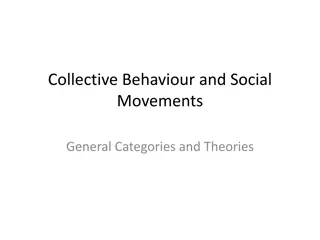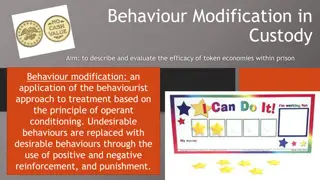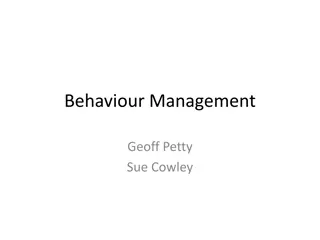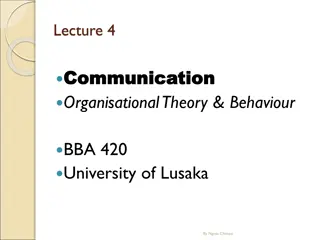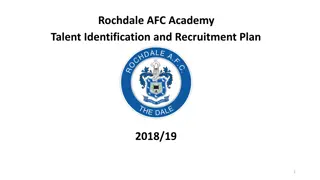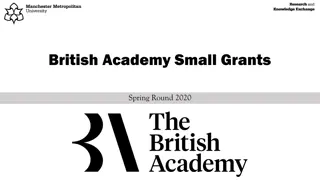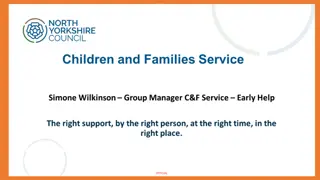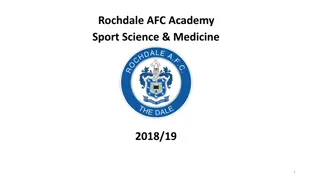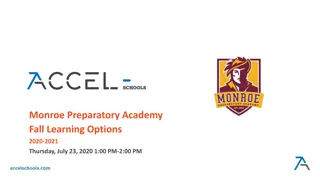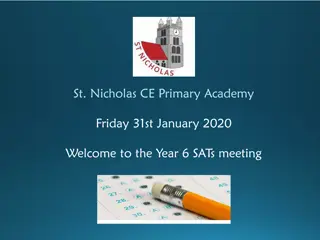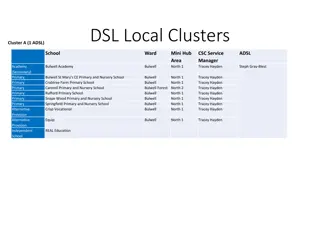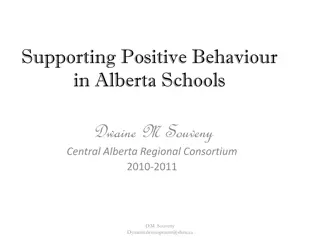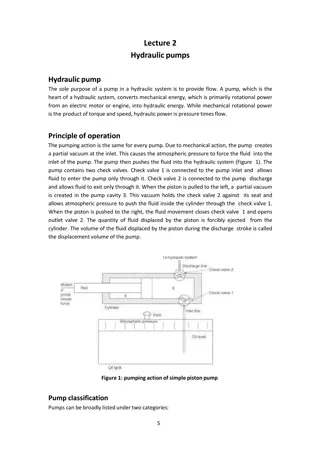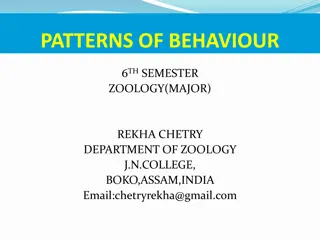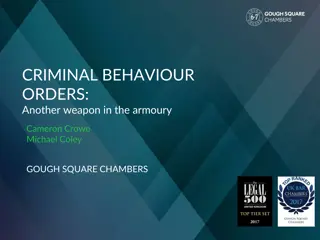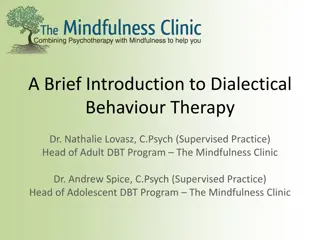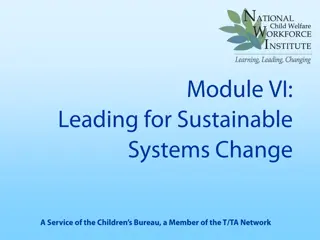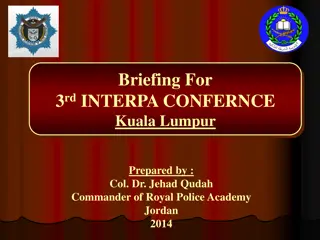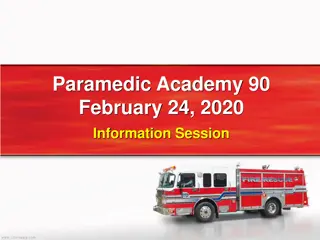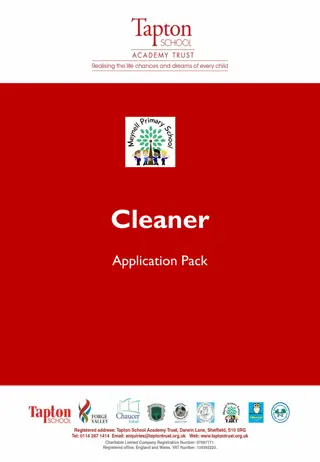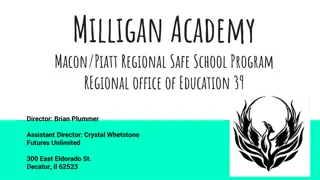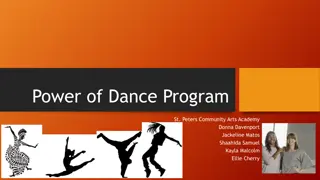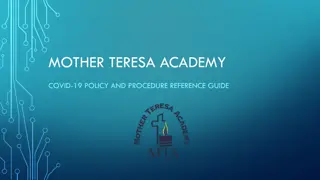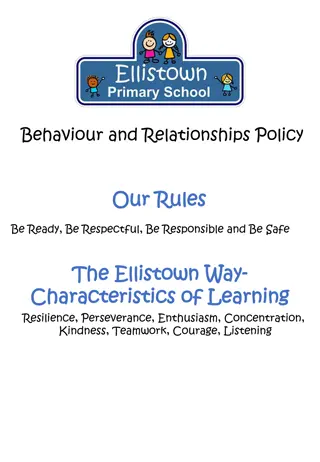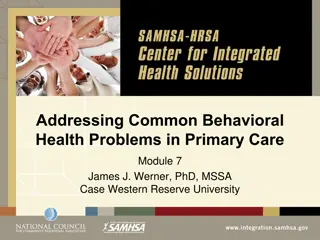Positive Behaviour Approach at Haslington Primary Academy
Haslington Primary Academy implements a Positive Behaviour Approach through a Traffic Light System and Respect Star program. Students earn smileys by staying on green, with opportunities to move back up if on amber or red. Achieving the party medal leads to end-of-term parties. The Respect Star recognizes exceptional conduct, and Bronze, Silver, and Gold Parties celebrate students' progress. Interim Golden Time Rewards help students stay on track and reflect on their behavior, ensuring a supportive environment for all.
Download Presentation

Please find below an Image/Link to download the presentation.
The content on the website is provided AS IS for your information and personal use only. It may not be sold, licensed, or shared on other websites without obtaining consent from the author. Download presentation by click this link. If you encounter any issues during the download, it is possible that the publisher has removed the file from their server.
E N D
Presentation Transcript
Haslington Primary Academy Positive Behaviour Approach
Traffic Light System If children stay on green all day they will receive 2 smileys. Additional smileys can be earned each day. If a child moves to down the traffic lights (Amber or Red), they could earn 1 smiley if appropriate and work their way back up the traffic lights to green. Once the child has completed the smiley chart for that term, they will then move onto the party medal! If they are on the party medal and their behaviour drastically dips, they can move back 10 marks on the behaviour chart and come off the party medal. This would be after adequate warning and parents, carers and guardians would be informed. Children who are on the party medal go to the end of term party!
Traffic Light System At the start of each term every pupil starts at 0 on that term s chart (Bronze, Silver and Gold). Each party will take place in the last week of each term in the afternoon. Children not attending the party will be supervised by a member of staff and will be provided with some work to complete.
Respect Star At the end of the week a pupil in the class will be given a Star of The Week certificate by the class teacher for working above and beyond, displaying RESPECT. The reason for receiving the certificate will be linked to the Respect criteria and the reason for receiving it will be explained to the rest of the class. This will mean that the pupil will automatically move to the Respect Star. Teachers can also place a pupil on the Respect Star for outstanding contributions towards the Respect Criteria. Children can also reach the Respect Star if they receive a Respect certificate from the Principal or Executive Principal of the Academy.
Bronze, Silver and Gold Parties Attendance will continue to be monitored. If a pupil has had to self-isolate, this will be taken into account. If children have been on a behaviour report, they may not be allowed to attend the party for that term. The cut off for Bronze, Silver or Gold Parties will be the Friday before the last week of term. The party will take place the following week. If children join Haslington Primary Academy after September, start them at an average child s position.
Interim Golden Time Reward At the end of each half term, each child can attend an interim Golden Time Reward for being on track with their smiley stamps. If a child is at risk of not attending the Golden Time Reward due to a shortfall in smileys, class teachers will use this opportunity to discuss this matter with parents, carers or guardians so that together, we can support children in getting back on track and achieve the required number of stamps to attend the end of term parties. If a child/children has not earned enough smileys for the Golden Time Reward, teachers will provide work for the child/children to complete and this will give them the opportunity to reflect on their behaviour.
Bronze, Silver and Gold Parties In the Autumn Term, children will need to earn 130 smileys in order to attend the Bronze Party. In the Spring Term, the children will need to earn 130 smileys in order to attend the Silver Party. In Summer Term, the children will need to earn 140 smileys in order to attend the Gold Party.
When to award additional smileys? 1 additional smiley for reading for 5 consecutive days the previous week, 1 additional smiley for 2 x reading journal activities (awarded on a Monday) and 1 for 5 consecutive homework activities in maths. 1 additional smiley for being a good role model around the school: For opening doors, allowing adults to pass For showing empathy towards other children For showing good manners Children can earn additional smileys during the day Midday assistants can feedback excellent behaviour to the class teacher at the end of lunchtime.
Holiday Homework and Projects No Christmas Homework Easter Maths and English Half Term Projects based upon current topics Up to 3 smileys dependent on the standard. Summer Term Project 3 smileys for maths challenge 3 smileys for reading challenge 3 smileys for writing challenge 10 points for completing all 3
How can a child stay GREEN? To follow instructions To complete classroom work to a high standard To bring reading journal and book, spelling log and maths homework book in To follow the Golden Rules
Why would a child be AMBER? Not following instructions Not completing classroom work to a high standard Not bringing in reading journal and book, spelling log and maths homework book after one reminder each week Not following the Golden Rules
Why would a child be RED? Physical incidents Spitting Verbal incidents, for example: swearing, shouting at adults/children Refusal to work or follow instructions after warnings or after being moved to amber Vandalising school equipment Bullying Theft
In School Teachers will revisit the Behaviour Policy during PSHRE lessons and at the beginning of each half term. The criteria of being on Green, Amber or Red, is displayed in the classroom as a point of reference for the children. Any behavioural issues will be articulated directly to parents, carers and guardians or by a phone call. Reasonable allowances will be made for children with additional needs. Children will always have the opportunity to go back to amber/green for improved behaviour.


